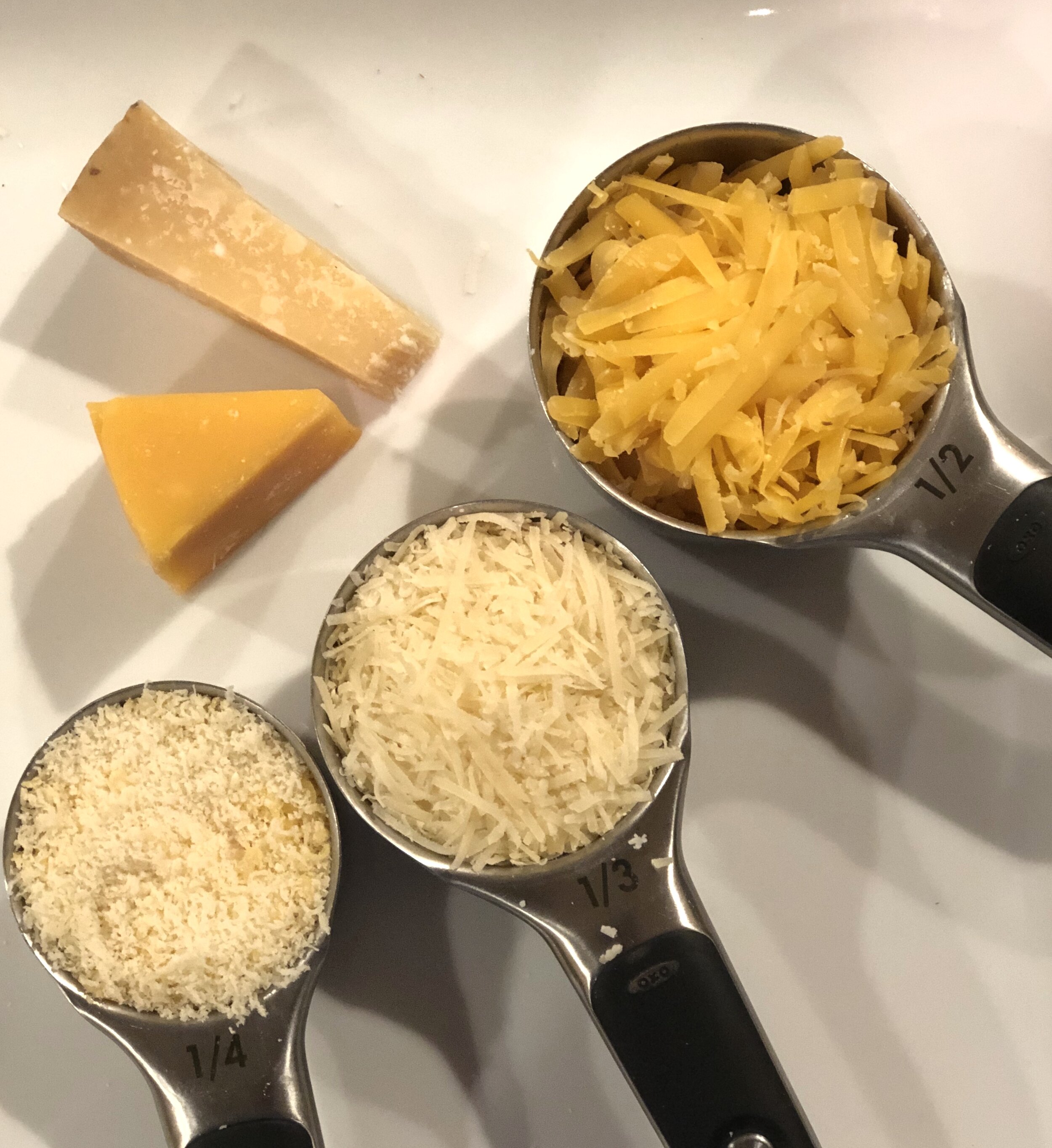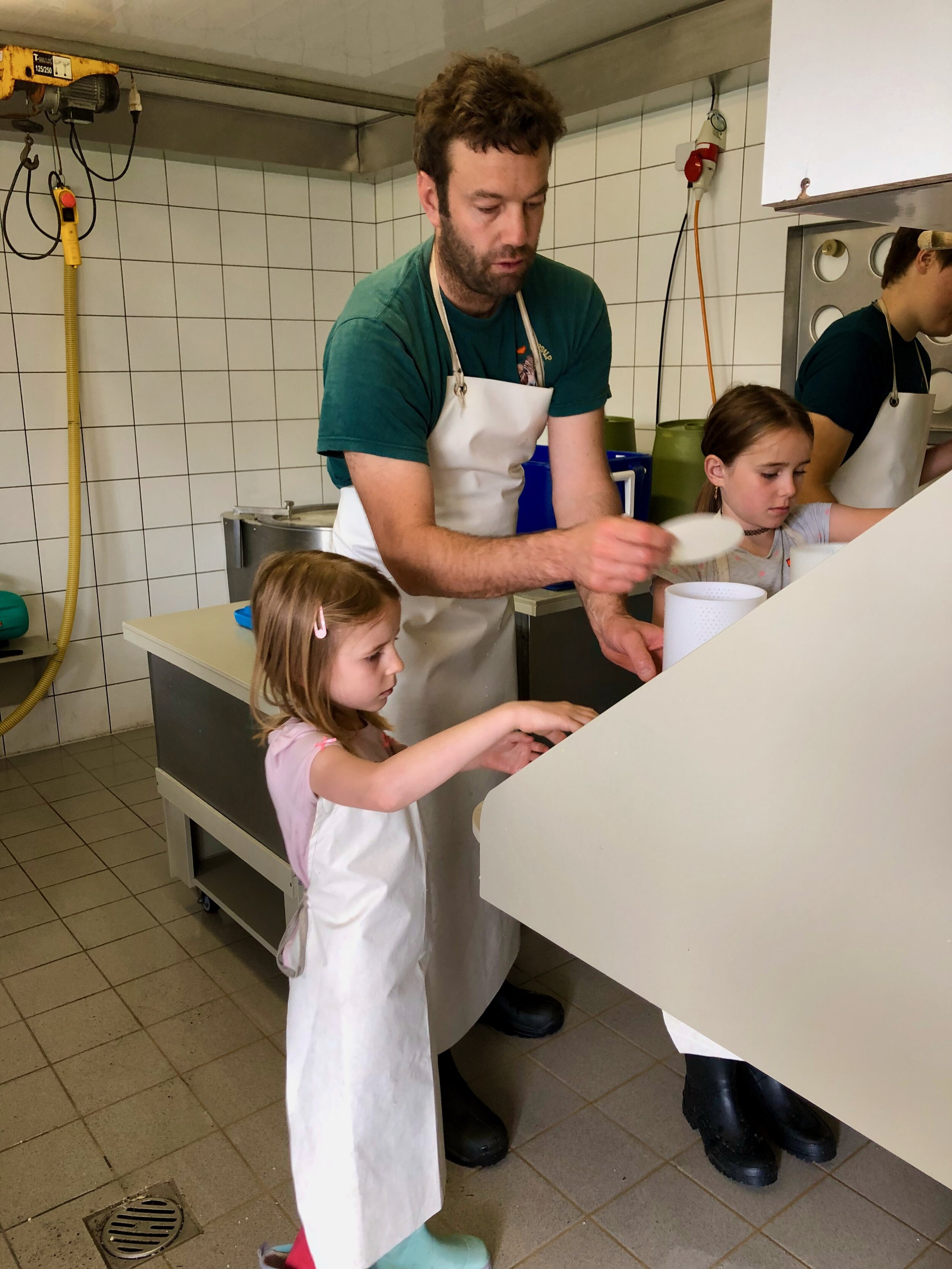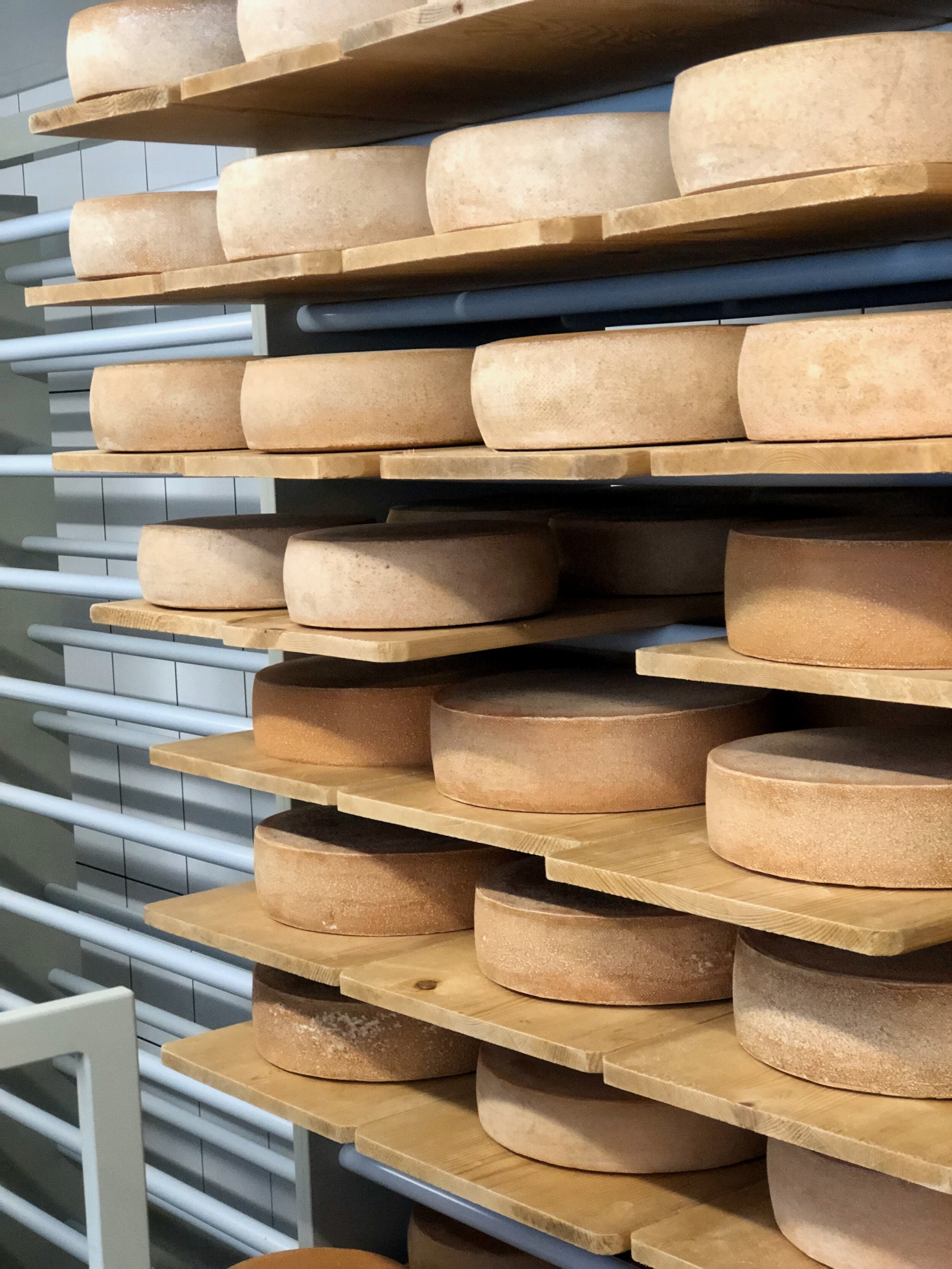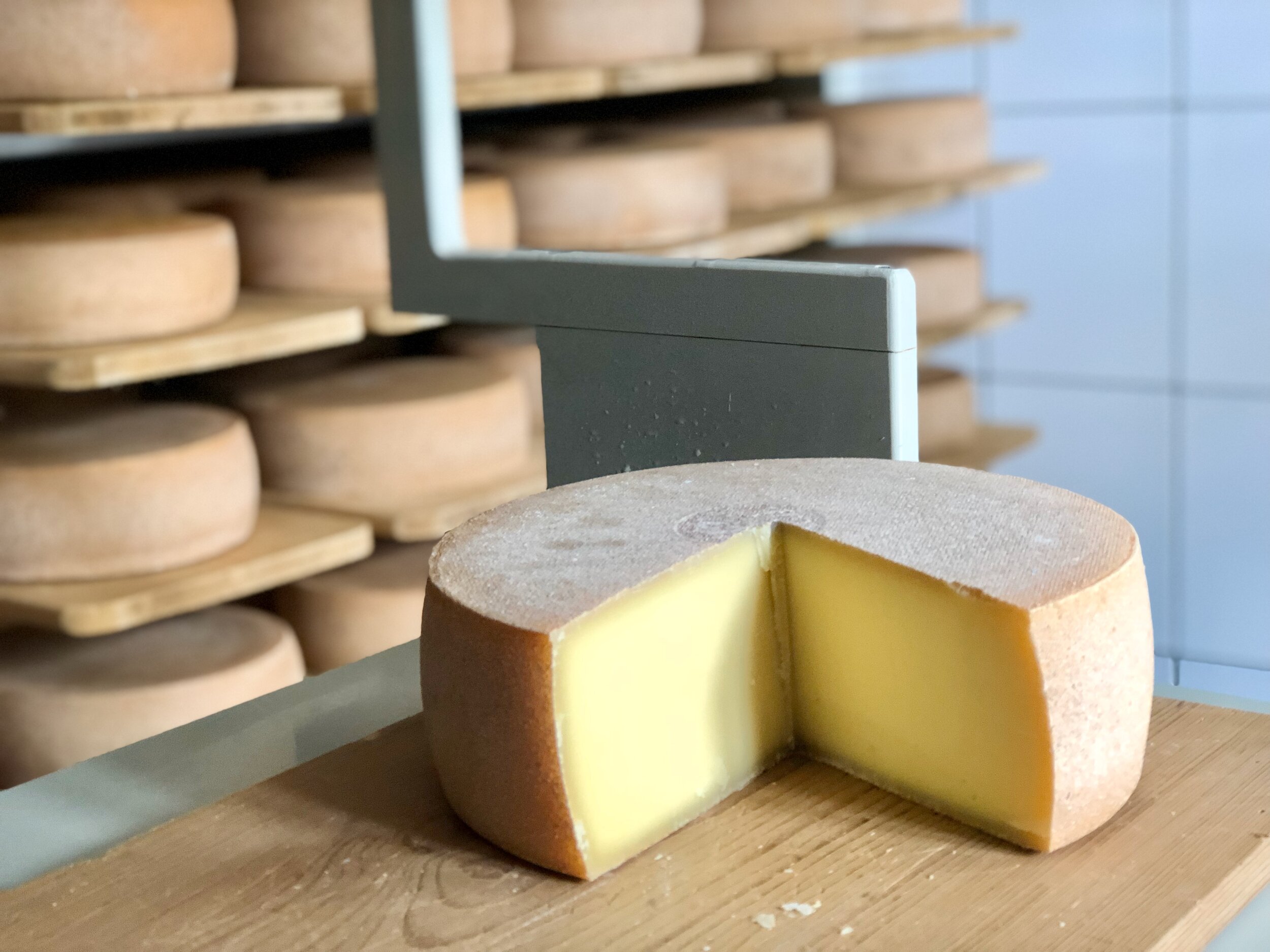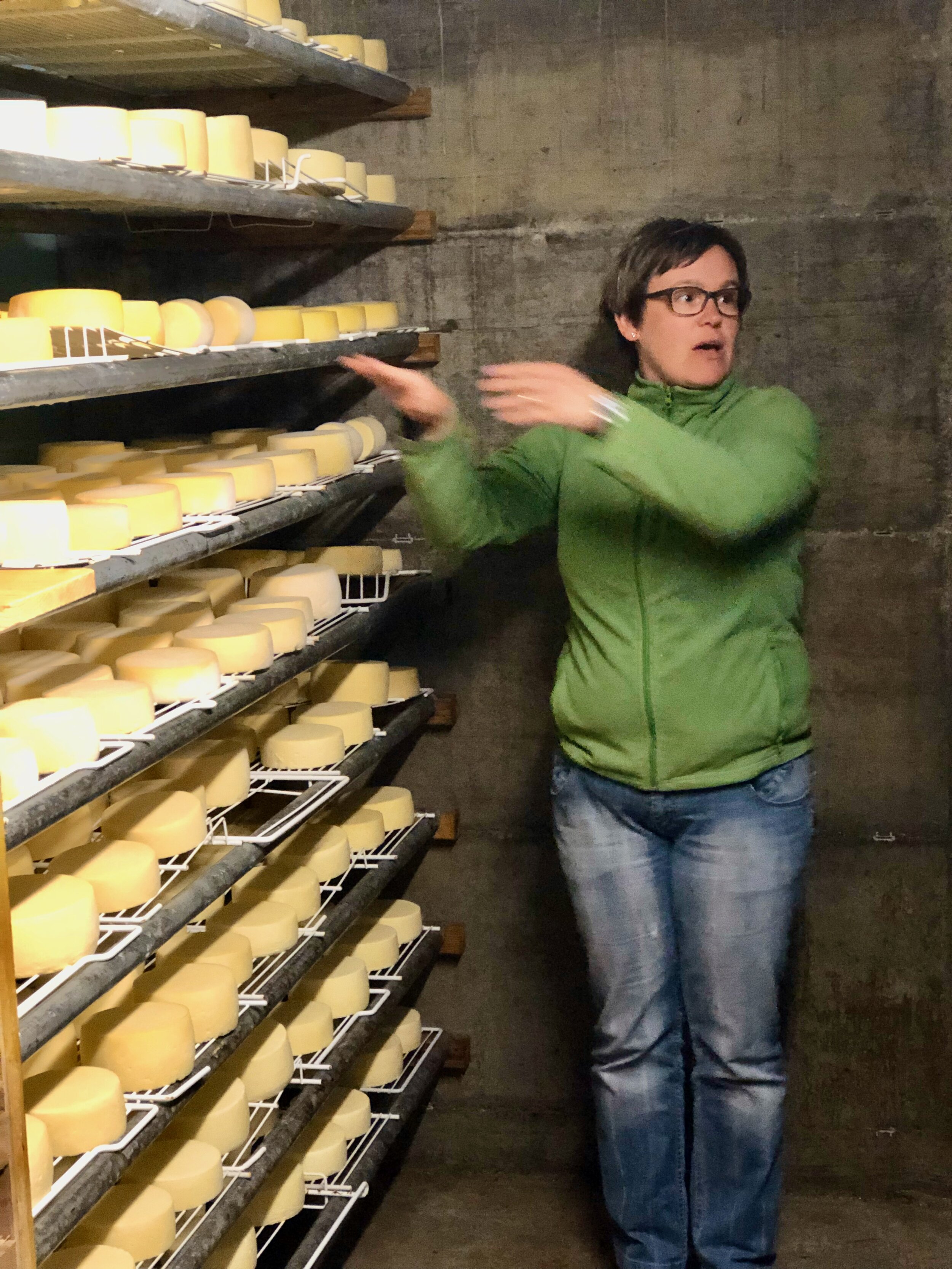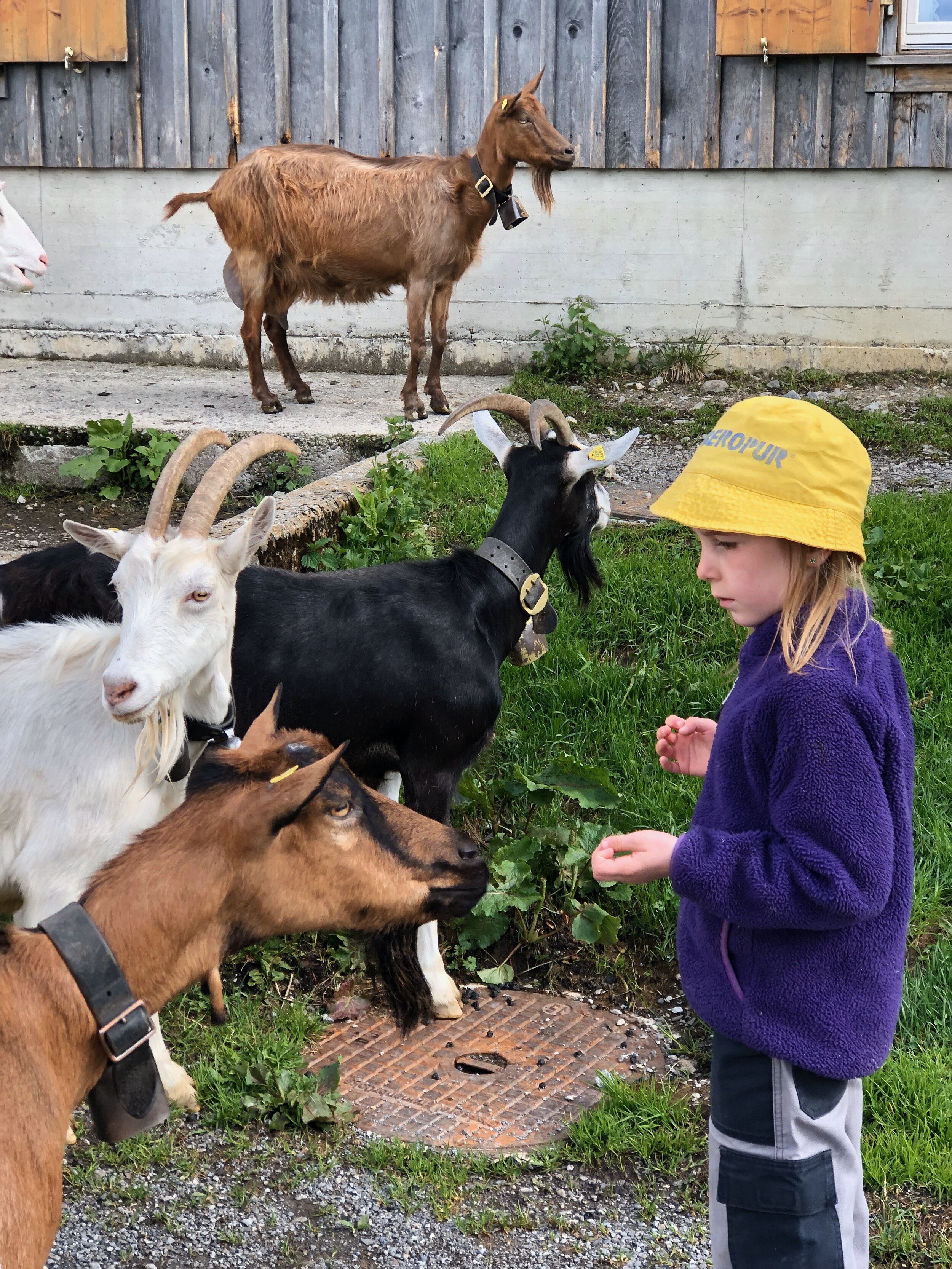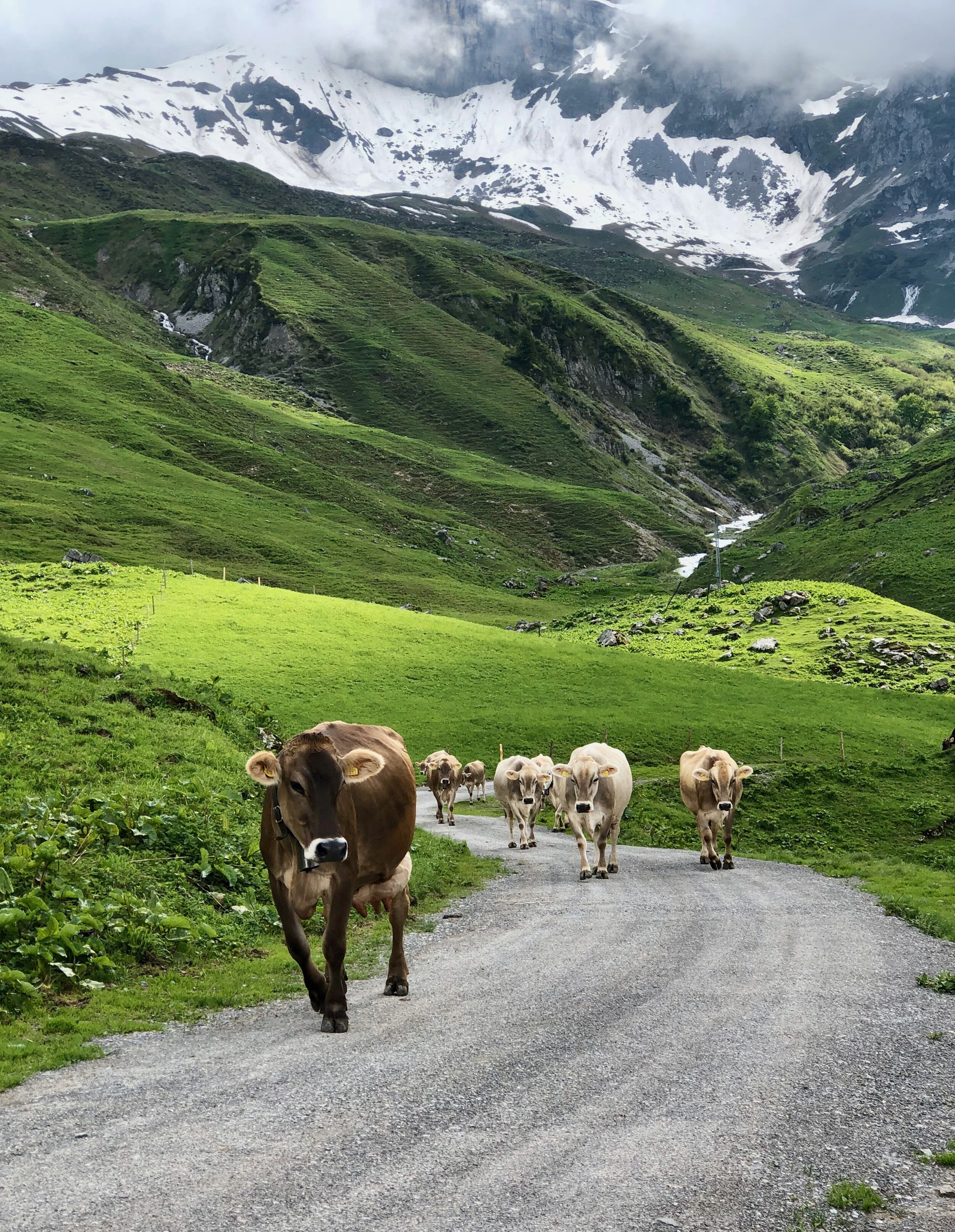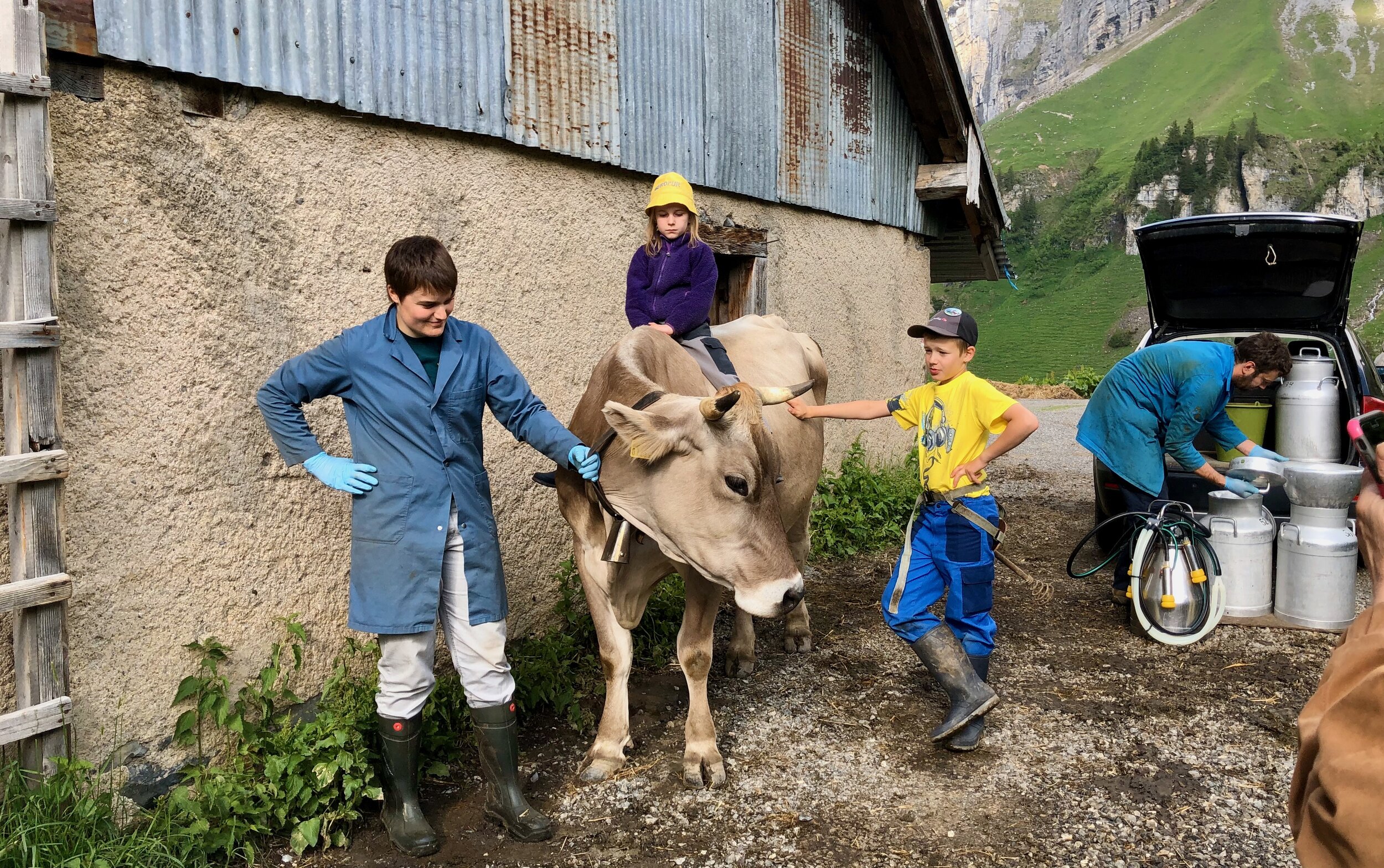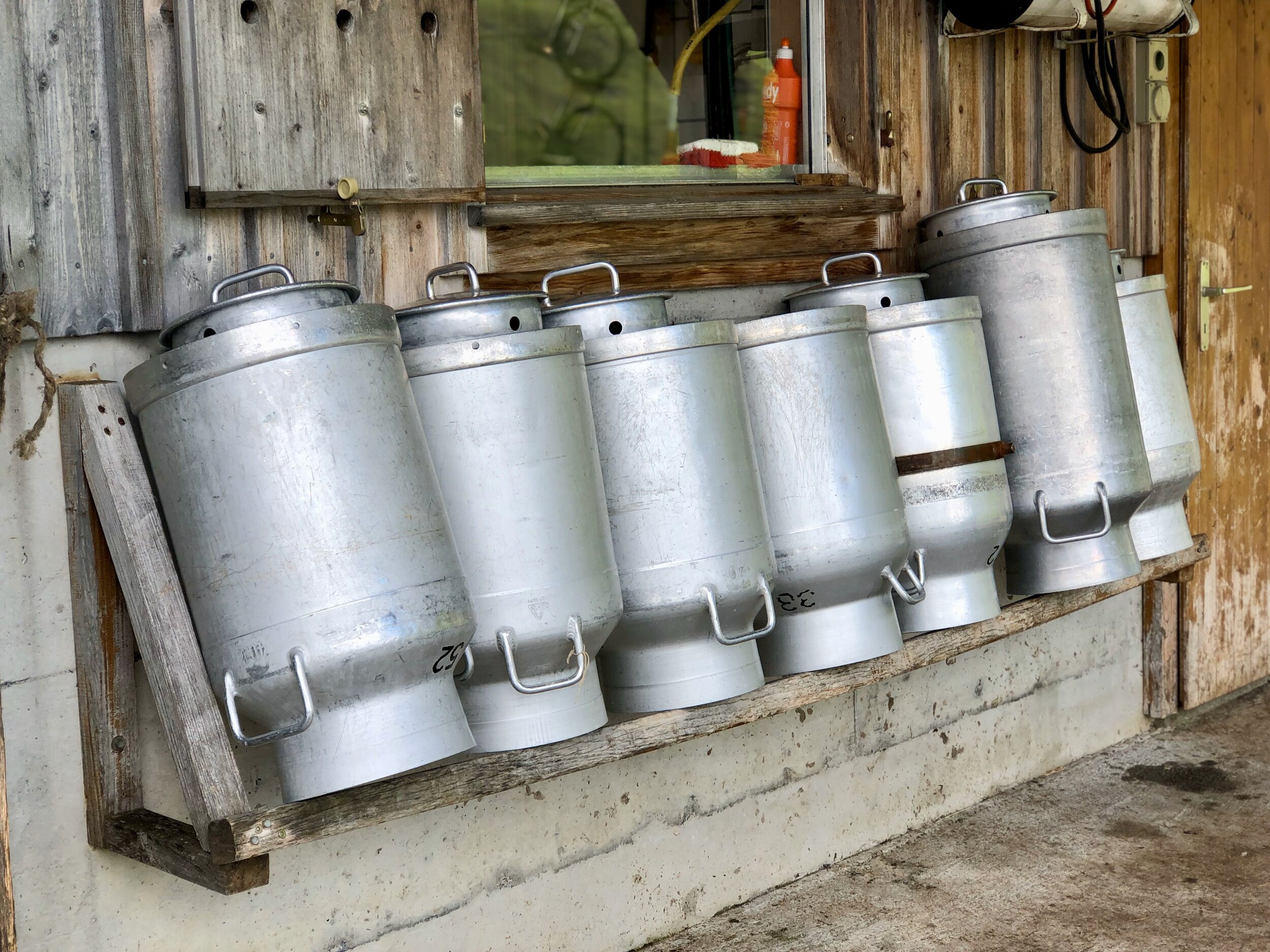The federal government is preparing to impose a set of tariffs that may change our food landscape and threaten the existence of small businesses like ours. We need your help!
These tariffs originate from a trade dispute between aircraft manufacturers, which has been expanded by the current administration to include more than 300 categories of European Union goods. Specialty food tariffs appear as an “annex” to the primary trade resolution.
What’s the issue?
The proposed 100% tariffs would apply to lots of foods from the EU, including pasta, meats, olives, olive oil, whiskey, and over 90% of the cheeses currently imported to the U.S.
What happens if these tariffs are approved?
If the tariffs go into effect, they will double the cost of these European foods. It’s important to understand that tariffs are not a “tax” imposed on foreign companies; US-based businesses will pay the higher prices, and will pass that cost along to distributors and retailers, ultimately doubling prices for U.S. consumers. That pricing isn’t sustainable, and many European cheeses either won’t be available at all in the U.S. or will be in very short supply. That means:
- Fewer choices and higher prices for consumers
- The loss of core products for retail shops like ours
- Thousands of jobs lost throughout the specialty food supply chain, from importers to distributors to retailers
These tariffs might also be a death knell for thousands of small independent retailers. Either significant price increases or the loss of European classics that customers are most familiar with will mean overall sales decreases for retailers. And some of these EU cheeses have historically been available to retailers at much lower costs than domestic cheese, enabling us to lower price margins on American products and to support more local farms. Without that blended margin, we won’t be able to afford to stock American specialty cheese. All of these factors, occurring during the 4th quarter when retailers rely on increased sales, will likely force small shops like ours out of business.
But wouldn’t tariffs mean increased opportunities for American food producers
Not really, no. While industrial commodity producers might be able to increase their volume in order to fill gaps left by European products leaving the market, small farmstead cheesemakers – producers who use the milk from their own farms - simply can’t adjust enough to meet that demand. And if there are fewer products available in the marketplace overall, the costs of shipping and distribution will increase, becoming prohibitively high for small producers. The specialty food industry depends on robust international trade. Small-scale producers depend on international trade.
So – what can we do?
We have an opportunity to post comments on the tariff proposal until Monday, August 12. Please take a few minutes to visit regulatons.gov here and post a brief comment opposing the tariffs. Click on the blue “Comment Now” button on the right of the page to add your comments, which you can post anonymously if you wish.
It’s best to use your own words, as repeated form letters don’t count as individual comments and therefore don’t carry more weight than a single post. A few sentences should suffice, and the inclusion of at least one data point helps. Here are some facts to consider adding to a comment:
- These tariffs will do measurable economic harm to at least 14,000 specialty food retailers across the United States (estimate by the Specialty Food Association).
- The brunt of the economic burden created by the tariffs will be carried by consumers and small to medium sized businesses.
- Thousands of Americans currently employed in the food industry will lose their jobs with importers, shipping companies, distributors and retailers if sales of imported specialty foods decrease because of the tariffs.
- The tariffs are particularly threatening to American economic interests because of their timing late in the year, when businesses all along the supply chain depend on robust sales to sustain their bottom line.
- American food producers will also suffer losses due to the tariffs; the market for their goods will decrease if distributors and retailers are forced out of business.
Thank you for your help with this complicated and worrisome issue.

